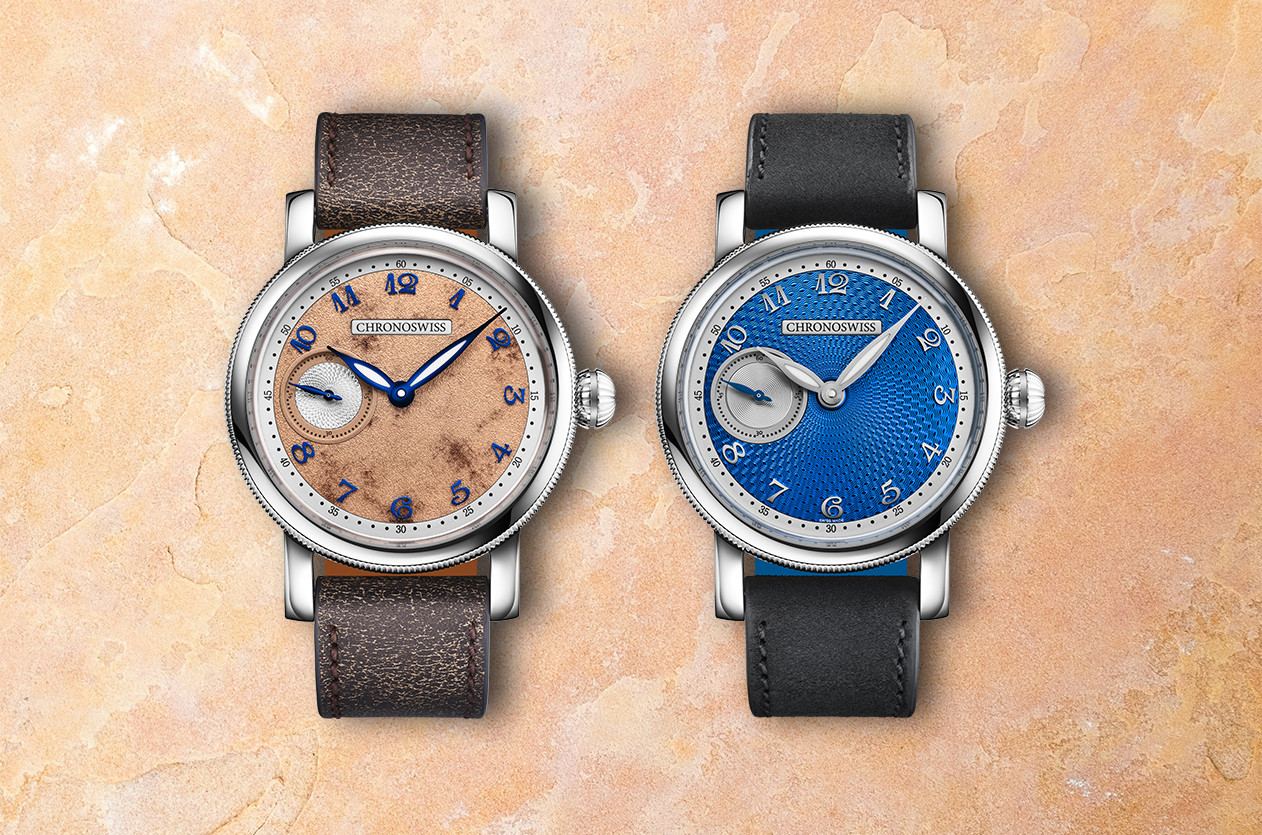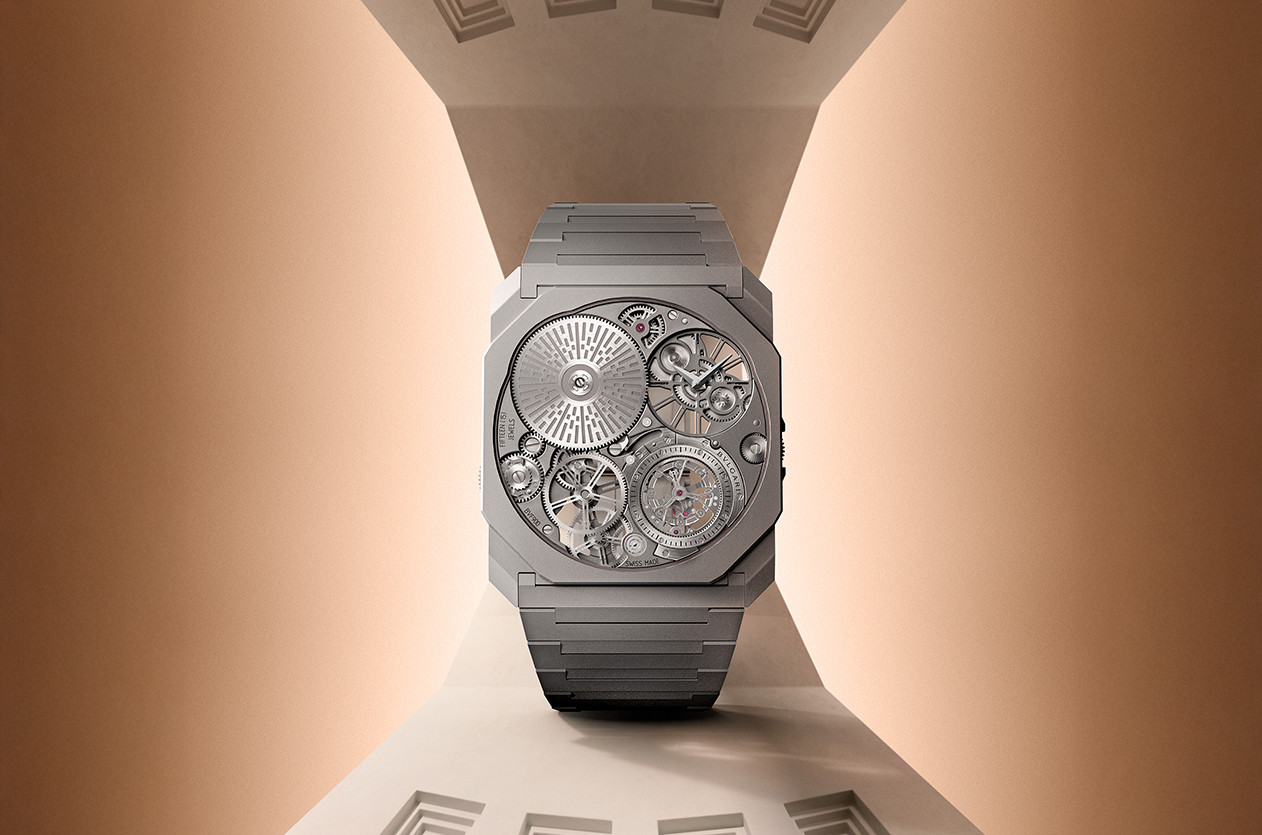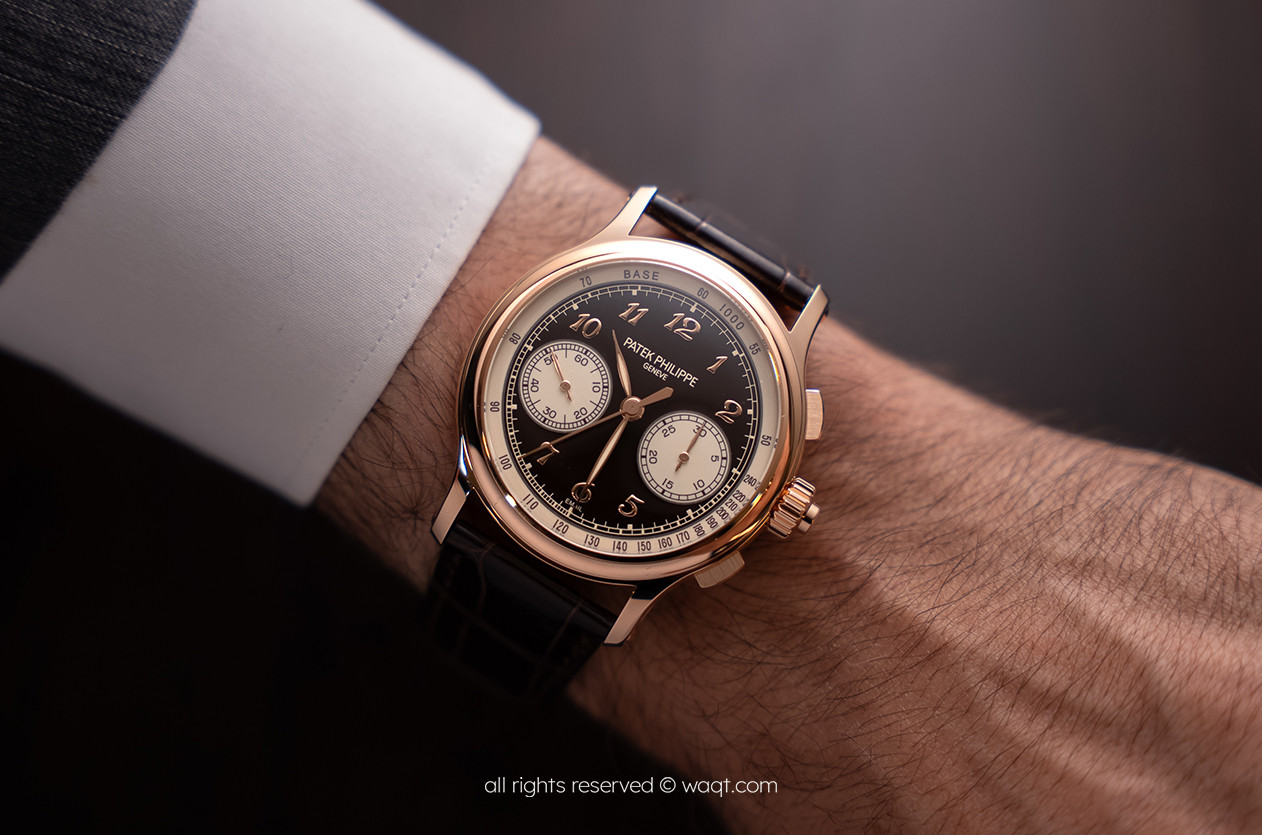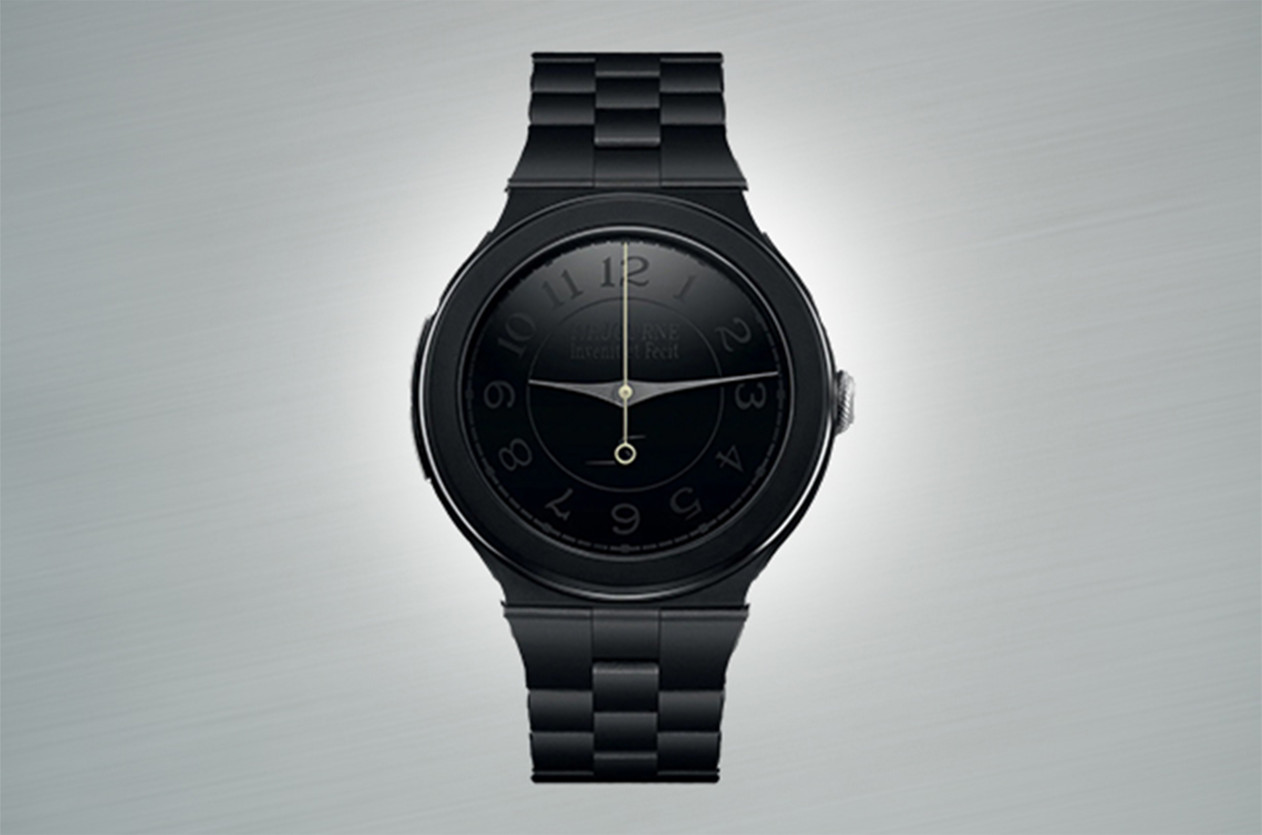
Introducing Bremont Unveils the Terra Nova Jumping Hour
Welcome to the hub of the horoloy
Embracing the Future while Honoring the simple and sturdy Russian Design

During the Soviet era, Raketa was a colossal watch factory that never ceased its operations. However, this St. Petersburg-based company now stands as a mere semblance of its former glory following the challenging transition to a market economy. Despite this, Raketa has been revived and transformed into a manufacturer that takes pride in its heritage, wholeheartedly embracing it in the creation of its uniquely original designs.
 Raketa is a company with roots dating back to the 18th century. By the order of Czar Peter I, the Petrodvorets Jewelry and Watch Factory was established in 1721. The factory successfully positioned itself as one of the pioneers in the luxury goods industry in Europe. During the World War period, the factory played a crucial role by manufacturing precision components for military use. In April 1945, the Kremlin issued an order to create the Pobeda watch brand, which subsequently became the first watch to enter space.
Raketa is a company with roots dating back to the 18th century. By the order of Czar Peter I, the Petrodvorets Jewelry and Watch Factory was established in 1721. The factory successfully positioned itself as one of the pioneers in the luxury goods industry in Europe. During the World War period, the factory played a crucial role by manufacturing precision components for military use. In April 1945, the Kremlin issued an order to create the Pobeda watch brand, which subsequently became the first watch to enter space.

Since 1961, the factory has produced men's watches under the Raketa brand, named in honor of Yuri Gagarin (Russian for "rocket"). Raketa manufactures 24-hour watches for polar explorers and astronauts, military timepieces for the Russian Army and Navy, as well as mechanical wrist and pocket watches for Russian citizens. All Raketa watches are crafted in Petergof (Petrodvorets), a city near St. Petersburg, Russia.
In the realm of Soviet watchmaking, only Raketa persevered. The St. Petersburg-based company managed to survive, albeit barely scraping by. Following the collapse of the Soviet regime, this once publicly owned infrastructure underwent privatization, much like many other remnants of Soviet Russia. However, it wasn't its esteemed watchmaking heritage that garnered attention; rather, it was its expansive real estate holdings, strategically positioned on the outskirts of St. Petersburg.

David Henderson-Stewart, a young entrepreneur of Franco-British descent with Russian roots, possessed no prior knowledge of watchmaking. However, he was steadfast in his belief in the viability of his project: to revive a significant, authentically Russian luxury brand for a market largely dominated by foreign high-end goods. He selected Raketa as the means to realize his vision of a Russian luxury brand.
Among the approximately fifty production lines of Raketa, which included those for hairsprings, only one had been preserved by a resilient core group of aging employees. It was this group that David Henderson-Stewart encountered in 2010. Alongside a small consortium of investors, which included the Russian-born French designer Jacques von Polier, he acquired the brand and its infrastructure. Fortunately, in addition to the employees' expertise and the limited remaining machinery, all of Raketa's archives and designs—its intellectual capital—had been safeguarded. It was upon this foundation that the company was able to undergo its reconstruction.

The factory has remained in the state in which history left it, untouched, unchanged since its rescue at the last minute in the 1990s. A raw pearl nestled in the last still healthy building of what was an immense industrial complex, a complete village, with housing, nurseries and schools. Raketa produced up to five million mechanical watches per year, the region's largest employer with several thousand employees. There are now nearly 80 of them and produce nearly 6,000 watches each year.

Reconstruction centered around a pivotal concept: Raketa aimed to embody Russianness to the fullest extent. Drawing from the extensive catalog dating back to the brand's heyday, the designs, were directly sourced. The in-house movements were preserved and updated, with the name Raketa displayed in Cyrillic on the dial, echoing its original designation.

To achieve this vision, Henderson-Stewart not only retained the semi-manual tools and machinery left over from decades past but also retained and expanded the dedicated workforce encountered during his initial visit. He offered them significantly improved working conditions and presented an inspiring vision for the future.

Raketa's mechanical movement exemplifies Russian engineering design: original solutions developed by Russian engineers, often diverging from those employed in Swiss movements. Moreover, the materials used in Raketa's movement are distinctly Russian, with all metal components and the 24 ruby jewels sourced from Russia. Even the hairspring, the intricate centerpiece of the movement, is forged from a confidential Soviet alloy. According to numerous Swiss experts, these factors collectively contribute to the Raketa movement's unique acoustic signature, setting it apart from Swiss counterparts.
The factory initiated a modernization program in 2011, positioning itself as one of the few watch factories globally capable of manufacturing every component of its mechanical movement internally. This includes intricate parts like the hairspring and escapement. Throughout 2012, Raketa underwent restructuring, enlisting foreign expertise to enhance its global appeal.

In 2014, the brand introduced its new automatic movement, and by 2015, Raketa began phasing out production of the caliber 2609. Currently, Raketa has announced that the 2609 will be exclusively produced for limited editions, parts, and servicing, while they concentrate solely on their automatic movement "Avtomat" Caliber 2615 across all models.
The 2615 Avtomat (automatic) is not a completely new movement but rather an enhanced version of the same caliber designed in the mid-1970s. Economic constraints during that era prevented many Russians from affording wristwatches, particularly those with automatic winding systems. Consequently, these models were overshadowed by less costly manual-winding movements. Raketa has reintroduced this caliber, incorporating modern equipment, finishing, and tolerances. The 2615 utilizes a 2609 base caliber with an integrated automatic winding system.

Despite its modest beginnings, Raketa continues to refine and develop its resurrected caliber. In 2019, the company further streamlined the movement, enabling slimmer profile cases by reducing the total height of the movement to just 6.8mm, a remarkable feat given its 242 parts. Additionally, Raketa established a dedicated finishing department, staffed with experts tasked with embellishing the movements visible through the caseback—a first for Raketa, which had not previously offered exhibition backs on their watches. Techniques such as "Perlage" and "Cotes de Neva" adorn the movements, alongside less conventional methods like laser engraving.
Each new Raketa product is rooted in a Soviet model, drawing upon meticulously preserved designs. Undoubtedly, one of the most recognizable features of Soviet watchmaking is the iconic "Big Zero," which replaces the conventional 12 at noon and is a hallmark of all Raketa models. The original Big Zero was made famous thanks to former Soviet Union president Mikhail Gorbachev, who once wore the watch to international summits.
Raketa introduces a distinctive perspective to watchmaking, one that evolved autonomously without merely replicating Western conventions, resulting in a plethora of surprises.
For more Information please visit the official website of Raketa.

First Look Jaeger LeCoultre Unveils The Reverso Tribute Monoface Small Seconds

Introducing RP2: The Newest Masterpiece by Raúl Pagès

Introducing DB28GS Swordfish: The Luxury Dive Watch from De Bethune

Introducing Vacheron Constantin Traditionnelle Tourbillon Perpetual Calendar

Introducing Chronoswiss Advances Steadily into a New Era with the Small Second

Introducing Bvlgari Shines Again with the World's Thinnest Tourbillon

Introducing Rolex Launches the Daytona 126518LN in Yellow Gold with a Turquoise blue Dial

Hands on Patek Philippe Unveils the Split-Second Chronograph 5370R

Introducing A. Lange & Söhne Unveils the Minute Repeater Perpetual

Introducing F.P.Journe Launches the Chronomètre Furtif with a Striking Tungsten Carbide Case

Introducing Gerald Charles Unveils the Maestro GC Sport Tennis Watch
Comment Delete Text
This page is available in English only. Please click below to visit Arabic Home page!